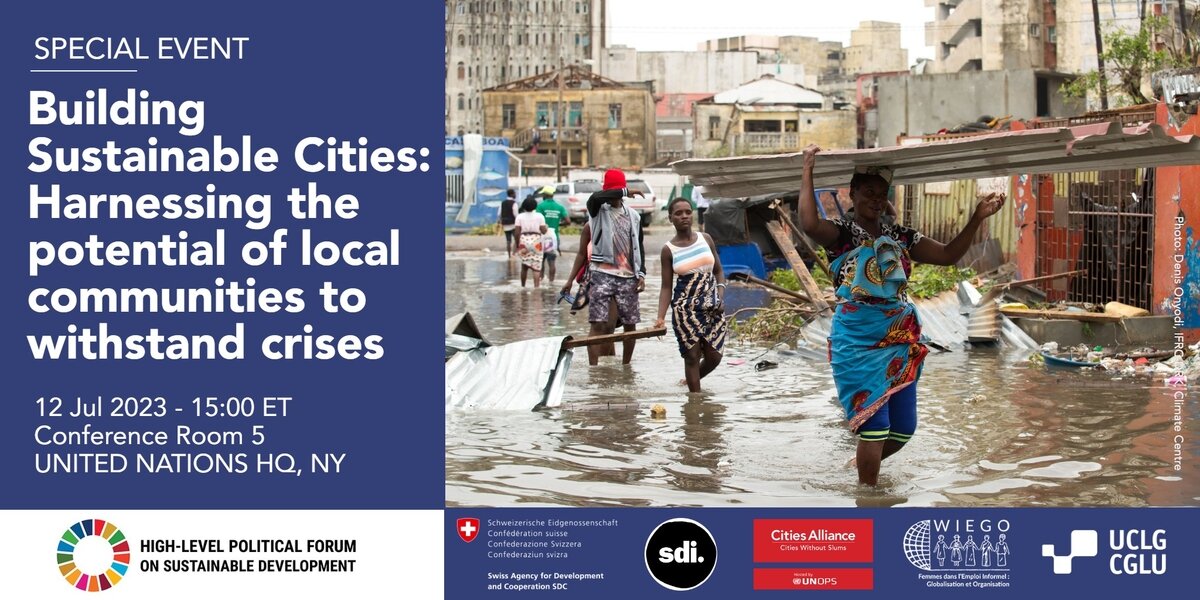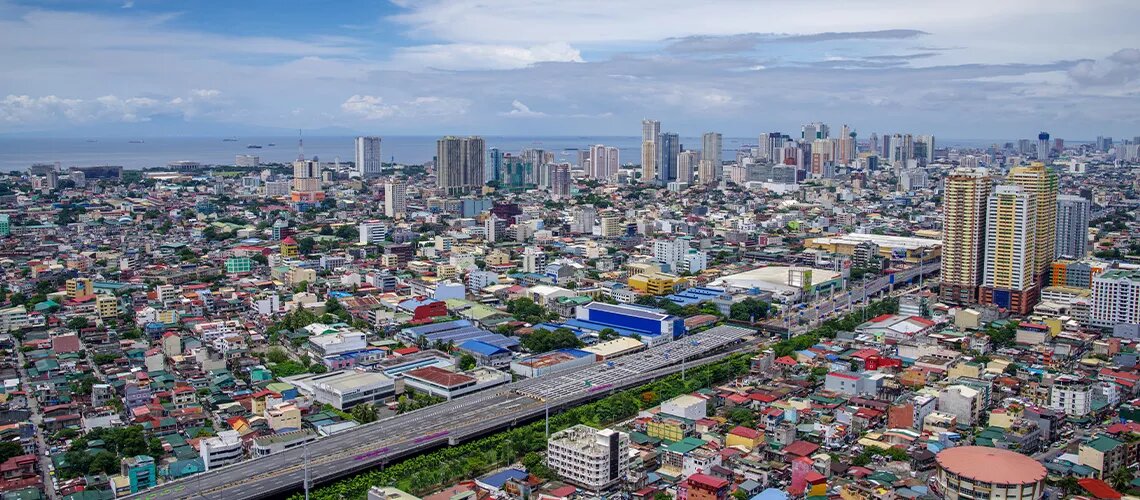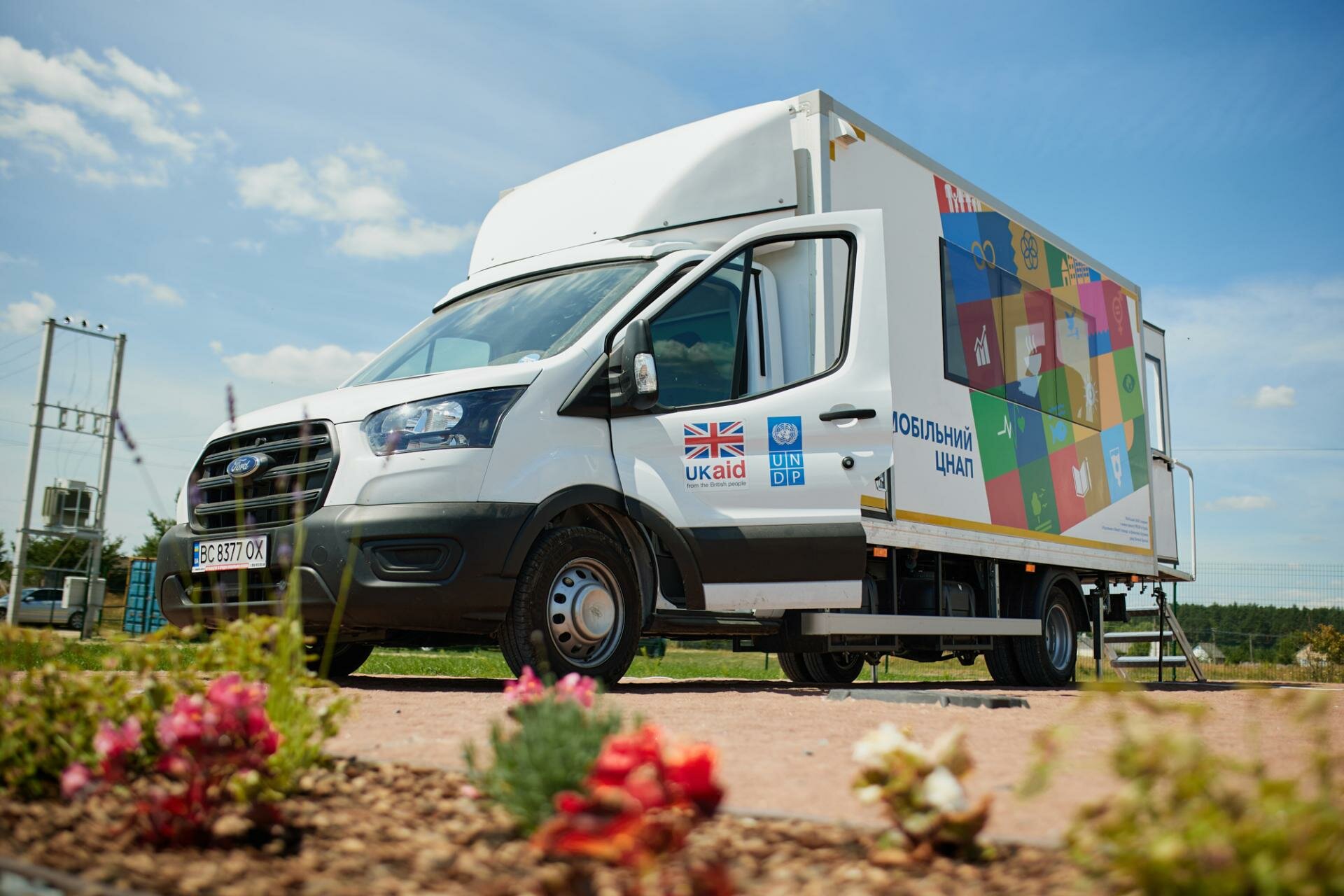Urban poverty and spatial inequalities
Rapid urbanization and rural-urban migration are increasing the share of the world’s poor living in urban areas. Around a billion people worldwide reside in informal overcrowded settlements, lacking access to basic infrastructure and services such as clean water and sanitation. Further, an increasing number of urban dwellers are being pushed into extreme poverty due to the loss of income and livelihoods, inadequate social protection, high healthcare costs, and other socio-economic impacts of COVID-19. Identifying and assessing spatial inequalities is essential in understanding the multidimensional nature of urban poverty. The ability to target spatial inequalities enables policymakers to focus on the needs of specific vulnerable population groups, to leave no one behind, and ensure inclusive, resilient, sustainable and peaceful urban communities.





